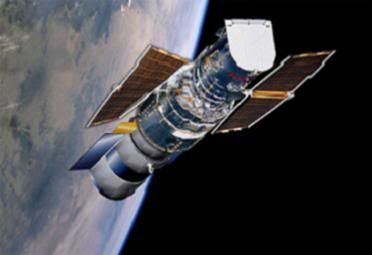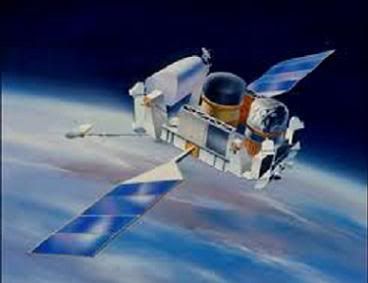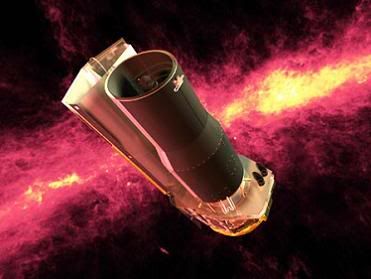Post by glactus on Aug 12, 2011 0:02:26 GMT

The Chandra X ray observatory
The Chandra X-ray Observatory is a satellite launched on STS-93 by NASA on July 23, 1999. Chandra is sensitive to X-ray sources 100 times fainter than any previous X-ray telescope, due primarily to the high angular resolution of the Chandra mirrors. Since the Earth's atmosphere absorbs the vast majority of X-rays, they are not detectable from Earth-based telescopes, requiring a space-based telescope to make these observations.

The Hubble space telescope
The Hubble Space Telescope (HST) is a space telescope that was carried into orbit by a Space Shuttle in 1990. Hubble is one of the largest and most versatile, and is well-known as both a vital research tool and a public relations boon for astronomy. Hubble's orbit outside the distortion of Earth's atmosphere allows it to take extremely sharp images with almost no background light. Hubble's Ultra Deep Field image, for instance, is the most detailed visible-light image ever made of the universe's most distant objects. Many Hubble observations have led to breakthroughs in astrophysics, such as accurately determining the rate of expansion of the Universe.

The Compton gamma ray observatory
The Compton Gamma Ray Observatory (CGRO) was a space observatory detecting light from 20 KeV to 30 GeV in Earth orbit from 1991 to 2000. It featured four main telescopes in one spacecraft covering x-rays and gamma-rays, including various specialized sub-instruments and detectors. Following 14 years of effort, the observatory was launched on the Space Shuttle Atlantis, mission STS-37, on 5 April 1991 and operated until its deorbit on 4 June 2000. It was deployed in low earth orbit at 450 km (280 miles) to avoid the Van Allen radiation belt and was the heaviest astrophysical payload ever flown at that time

The Spitzer infrared observatory
The Spitzer Space Telescope (SST), formerly the Space Infrared Telescope Facility (SIRTF) is an infrared space observatory launched in 2003. It is the fourth and final of the NASA Great Observatories program. The US$800 million Spitzer was launched from Cape Canaveral Air Forc Station, on a Delta II 7920H ELV rocket, Monday, 25 August 2003. The satellite contains three instruments that allowed it to perform imaging and photometry from 3 to 180 micrometers resulting in the most high resolution images ever taken.
Credits: These are NASA/JPL omages
Text by Wikipedia


